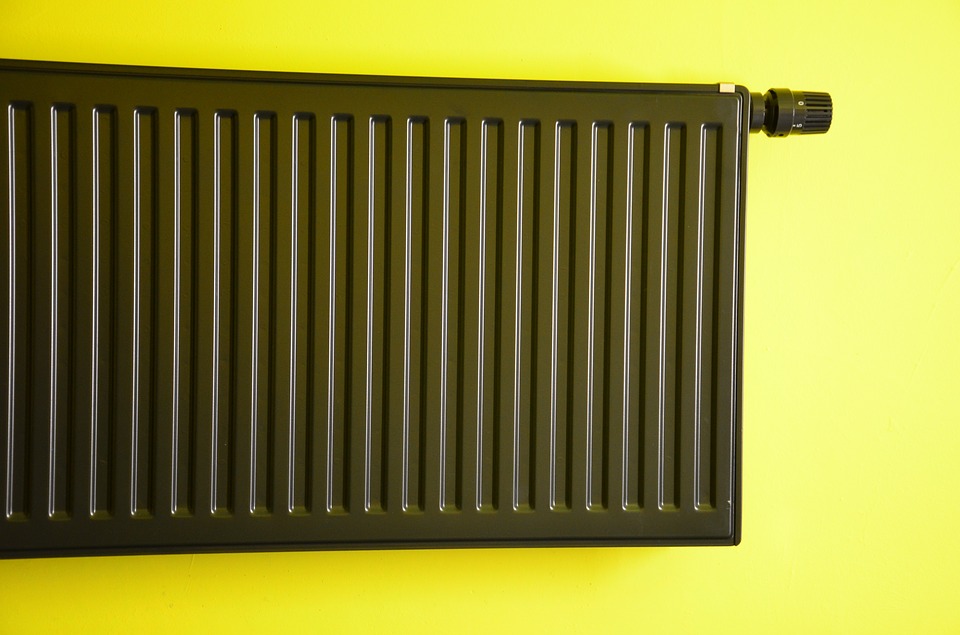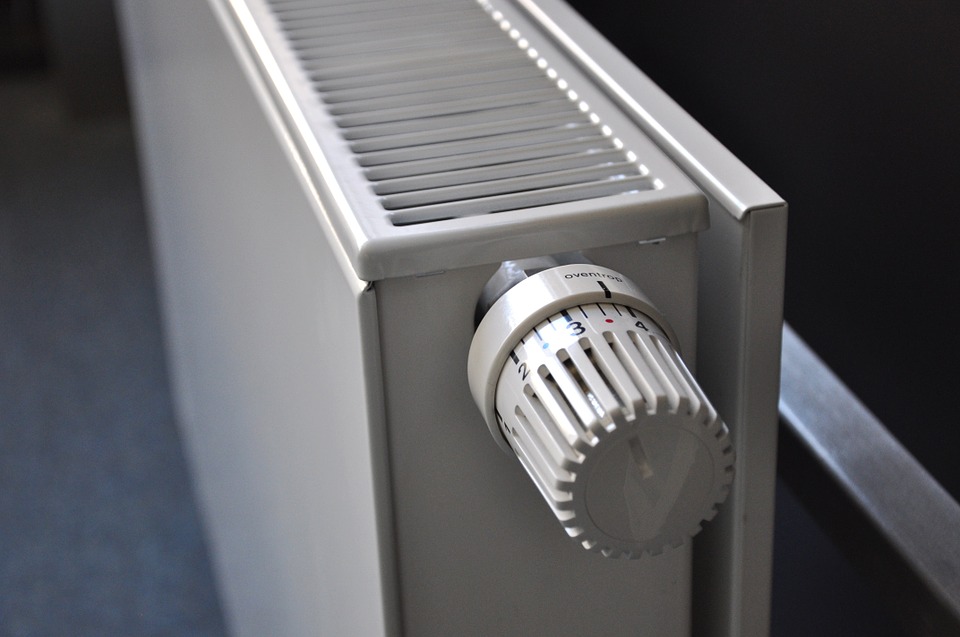
Gas Heating
As the temperatures outside begin to fall and winter draws near, you inevitably start thinking about your heating bill and ways of keeping it as low as possible. Good preparation of your home and the heating system is what will get you through another cold season without breaking the bank and with a pleasant temperature in the house. If you want to heat your home in the most efficient way, consider the following tips.
Furnace
The first step you should take is to go straight to the core of the system: the furnace and the gas heater. You need to check the age of your furnace, since models that are more than 15 years old will probably need to be upgraded. New Energy Star rated models are up to 15% more efficient than older, standard models. However, if a replacement isn’t necessary yet, you can regularly maintain it, tune it up and replace the filters monthly. This will allow the furnace to operate at its optimal level and last longer.
Moreover, you might consider upgrading to a new gas hot water system as it accounts for 14% to 25% of your energy consumption. Therefore, make sure you get a new, energy-saving model and turn it down to 120F, so you’ll be able to reduce your utility bill and carbon footprint at the same time.
Thermostat setting
Although to some people this might seem as an obvious step to take, programming your thermostat strategically can help you lower the amount of natural gas that is used to heat up your home. Therefore, try to keep the overall indoor temperature below 70 degrees and let it drop even lower during night time or when you are absent. It will surely reduce your gas consumption without compromising the comfort of your home.

Doors and windows
According to expert research, at least 20% of heat loss in homes is due to draught coming through doors and windows. To prevent this from happening, check all doors and windows for small cracks and gaps that can let heat out, caulk them or install weather stripping to patch them up. You can also add thick curtains as an additional layer of insulation, or if your budget allows it, opt for retrofitting or even replacing your windows and doors with newer and more efficient models. Many local councils offer help with favourable financing opportunities for home improvement.
Home insulation
One of the ways of creating an energy-efficient home is proper home insulation. A large amount of energy is used to heat up your home, but a lot of it is also wasted due to poor insulation, bare pipes and uninsulated valves. By investing into good quality insulation, you’ll be able to minimize heat loss in the entire house and have your gas heating system operate at its optimal level. The upfront insulation costs vary from home to home, and can be quite big, but the benefits are many: you will reduce your heating bill in winter, have an impressive return on investment and the time spent at home will be much more comfortable and enjoyable.
Using these simple and practical tips, you can easily transform your home into an energy-efficient hub and a warm and comfortable abode: you will surely reduce your energy consumption and protect the environment by lowering your carbon footprint. By making a few different choices and undertaking preventive measures such as insulating your home from top to bottom, installing energy-efficient doors and windows, and upgrading your gas heating system, you’ll be much closer to having an energy-efficient home with significant savings in the long run.
 WhosGreenOnline.com Your Online Magazine and Directory for Green Business, Product, Service and News!
WhosGreenOnline.com Your Online Magazine and Directory for Green Business, Product, Service and News!


